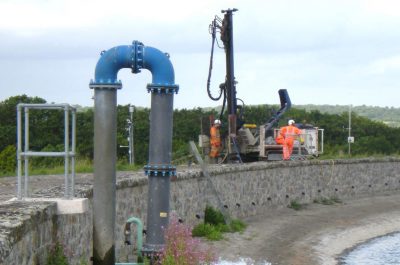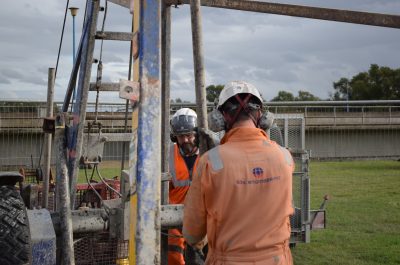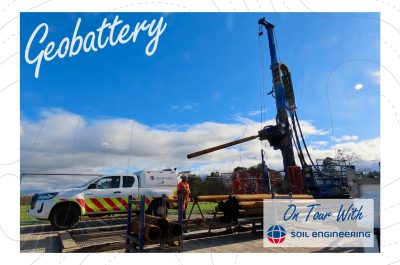

The Tomatin to Moy section comprises widening the existing A9 to provide dual carriageway over the 9.9km length of the site, in both the southbound and northbound directions by means of benched-in extensions to existing embankments and cuttings. The replacement and / or improvement of existing underpass structures and culverts will also be required as part of the scheme.
The objective of the ground investigation was to provide a sufficient level of geotechnical and geoenvironmental information on the underlying soils and rock, groundwater regime, the presence of quarrying and mining, and the level of contamination along the proposed section.
The investigation works were undertaken on or adjacent to the existing A9 carriageway and the Highland Mainline Railway. On the site were large areas of evergreen trees and ancient woodland as well as a number of water courses and environmentally sensitive areas. Due to the environmentally and culturally sensitive area that SEGL were working in there was a full-time attendance from an ECoW and ACoW on site working alongside the drilling crews.
The additional ground investigation comprised the formation of 33No. cable percussion boreholes 11No. of which were extended by rotary drilling techniques, as well as the formation of 55No. sonic boreholes, 111No. trial pits and in situ testing including Optical / Acoustic Imaging Scanning of Boreholes, Hand Vane and Pocket Penetrometer Testing, Variable Head Permeability Testing and Standard Penetration Tests.
With springtime working inevitably encountering harsh weather conditions our crews were equipped with all-terrain welfare vehicles, and additional PPE arrangements, to ensure their safety in the cold snap which dominated spring 2018.

The UK’s Water Industry National Environment Plan, or WINEP, currently requires water companies to undertake over 24,000 actions related to water quality and biodiversity, supported by investment totalling over £22 billion. As well as headline projects such as United Utilities’ HARP, Southern Water’s Havant Thicket reservoir, Water Companies across England are undertaking numerous smaller improvement […]
Read more ➜
Soil Engineering providing expert drilling services to the University of Edinburgh’s Geobattery projectThe Coatbridge team of Soil Engineering’s Specialist Geoservices unit have secured a prestigious contract with the University of Edinburgh to provide the first borehole of their Geobattery Research Project. Drawing on specialist experience of drilling deep holes in coal bearing strata from within […]
Read more ➜
Soil Engineering Geoservices have been shortlisted for a total of nine entries in the Ground Engineering Awards 2025! Collaboration, innovation, quality and determination providing a backbone to delivering some excellent projects across no fewer than seven categories in the 2025 Ground Engineering Awards. As a business we’ve achieved shortlist recognition for our overall delivery capability, […]
Read more ➜